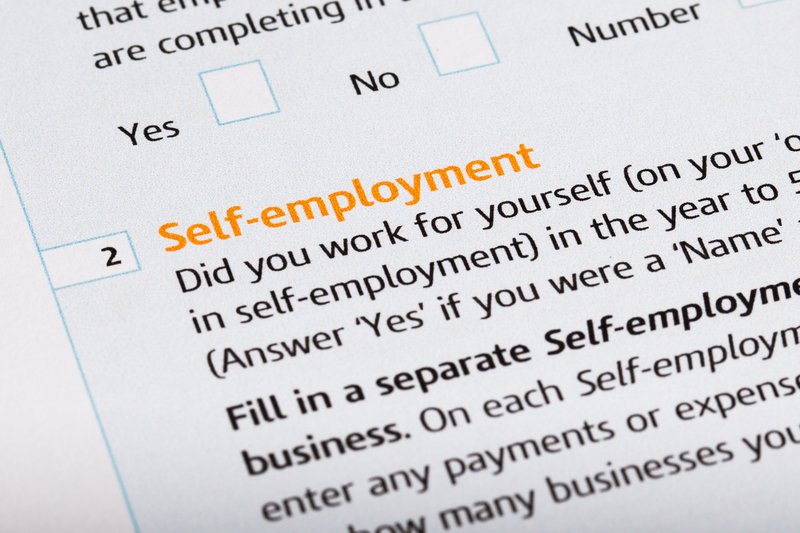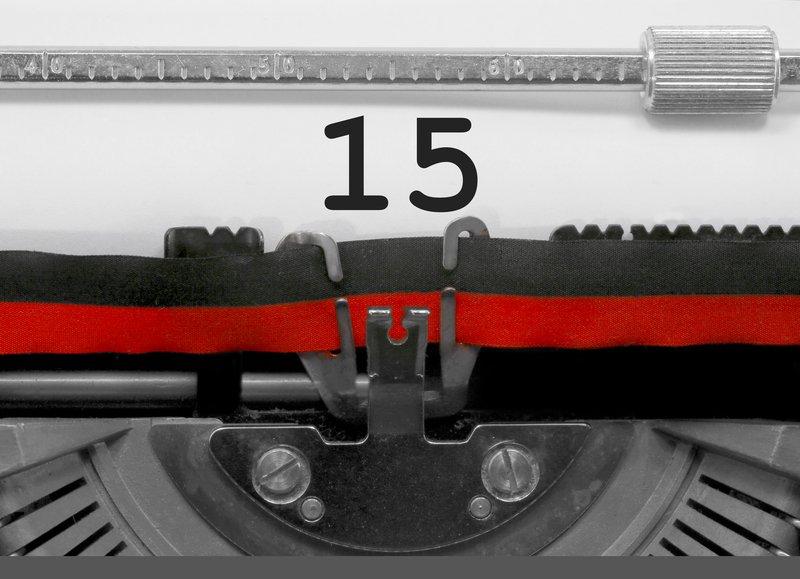In April 2023, the main rate of Corporation Tax rose from 19% to 25%. Although the current 19% rate still applies if your profits are £50,000 or less, companies pay a higher rate of tax on profits above this threshold.
In this guide, we look at what the new Corporation Tax (CT) regime looks like, and how much more tax small limited companies now pay as a result of the tax rise.
What is Corporation Tax?
All UK companies pay Corporation Tax on the profits they generate.
Companies must pay any tax they owe within 9 months and 1 day of their company year-end.
Non-incorporated businesses (sole traders, partnerships) pay income tax on their profits via Self-Assessment – not Corporation Tax.
Brief background to the April 2023 changes
The April 2023 Corporation Tax rise was first announced by the then-Chancellor Rishi Sunak in March 2021.
However, in the 23rd September 2022 ‘mini Budget’, Kwasi Kwarteng announced that the measure was to be scrapped altogether.
Following the strong negative market reaction to the mini Budget, the Government was forced into another u-turn.
On 14th October 2022, PM Truss confirmed that the Corporation Tax rise would still go ahead – as originally planned.
The tax rise took effect on 1st April 2023.
What are the new Corporation Tax rates?
For the 2023/4 tax year, the main rate of CT increased from 19% to 25%. However, smaller companies won’t necessarily pay the full rate. It depends on a company’s profits during each fiscal tax year.
The current 19% rate still applies if a company’s annual profits are at, or below the new £50,000 threshold.
The full 25% rate applies to companies with annual profits of £250,000 or more.
Free Tide Business Bank Account - £50 Cashback!

Open a free business current account to qualify + enjoy 12 months free transactions. Read our Tide review.
Between these two rates, an old system of marginal relief has been resurrected to calculate the tax hit.
How does ‘marginal relief’ work?
The new system of taper relief is the same as that used for CT in the 2014/15 tax year (the last time marginal relief applied to CT).
With this in mind, use the following formula to calculate your CT tax liability:
Let’s use an example annual profit figure of £80,000.
a) Multiply your annual profits by the main 25% rate (£20,000).
b) Subtract your annual profits from the £250,000 threshold (£170,000).
c) Multiply step (b) by the marginal rate multiplier of 3/200 (£2,550).
d) Take away step (c) from step (a) – £20,000 – £2,550 (£17,450).
So, in this example, the CT liability is £17,450. This represents a tax increase of £2,250.
In other words, there is now a 26.5% CT rate between £50,000 and £250,000.
Corporation Tax rise calculator
The Government has created an online CT marginal relief calculator. You can access it here. This is particularly helpful, as it calculates your CT liability if your company accounting year is impacted by both the ‘old’ and ‘new’ CT tax regimes.
Short accounting periods and associated companies
According to the original CT hike news release;
The lower and upper limits will be proportionately reduced for short accounting periods and where there are associated companies.
So, if you operate more than one limited company, where one company – under the control of the same owners – is controlled by another, the £50,000 and £250,000 thresholds are reduced.
For example, where there are two associated companies, the thresholds are reduced to £25,000 and £125,000. There’s a handy explanation of the new rules here.
You can read a technical explanation of how ‘control’ is defined when referring to associated companies here.
More facts about the Corporation Tax rise
- You can read the original March 2021 news release here.
- In its original impact assessment, the Government expect most companies – around 70% – will continue to be taxed at the current 19% rate.
- The Treasury expects to raise £18bn per year from this measure. However, during the current period of weak economic growth, this might be an optimistic forecast. After all, lower profits = lower Corporation Tax receipts.
For obvious reasons, we recommend you talk to your accountant if you have any questions about the CT increase – particularly if your business is affected by the Associated Companies rules.










